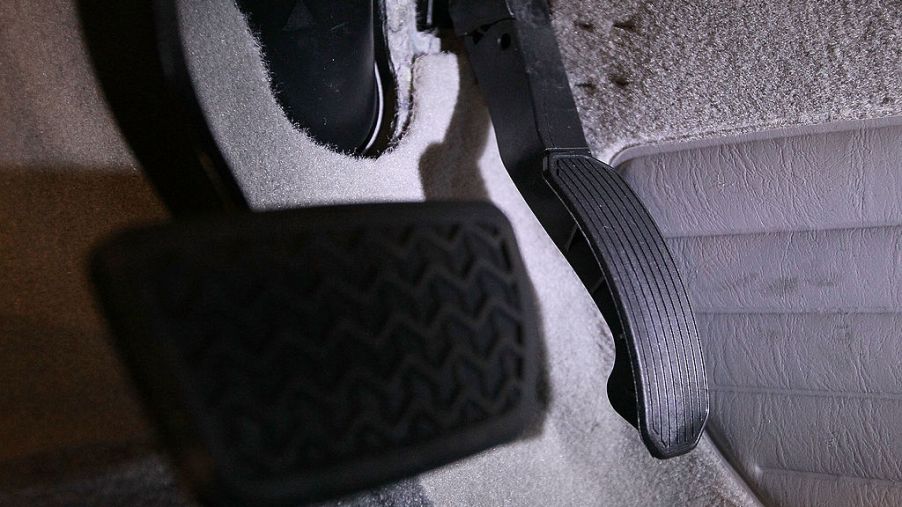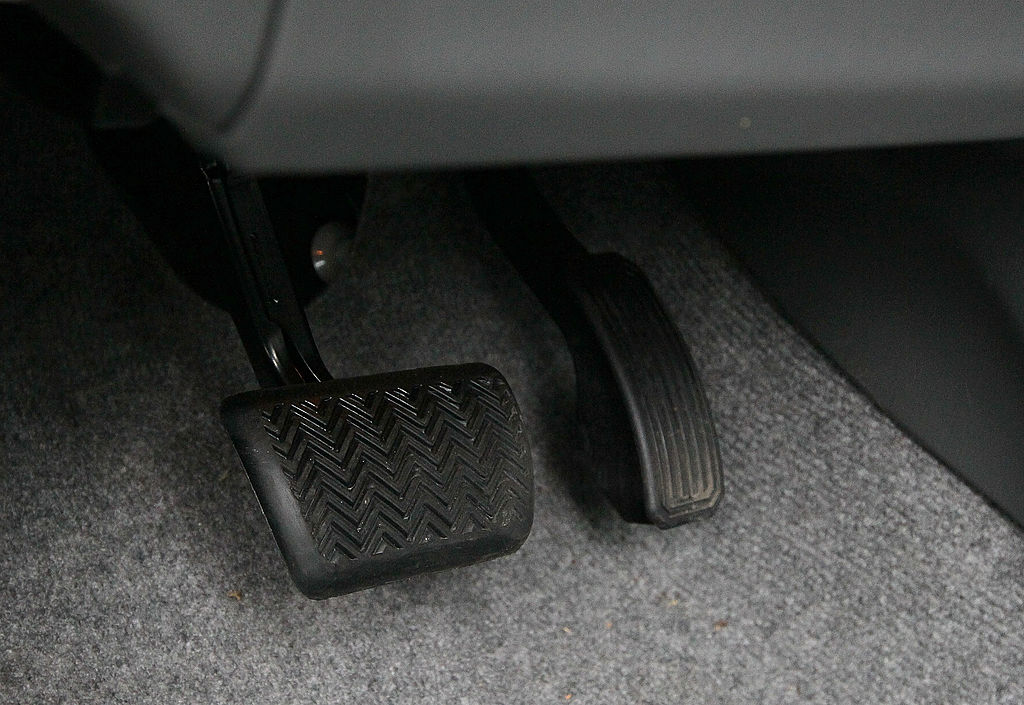
What Is One-Pedal Driving?
Vehicles have gone from three pedals-brake, clutch, and accelerator; to one-pedal driving. That is if you have an EV that supports it. So what is one-pedal driving? In short, it uses the vehicle’s electric motor to slow the car down when you release the accelerator. It effectively eliminates the need to brake.
Electric motors in hybrids and fully-electric vehicles spin to generate power. But they can also create the opposite; decelerate. Kinetic energy is produced when you take your foot off of the accelerator. There is what is called magnetic resistance. That is why your charging gauge shows full charging of the batteries when you brake. It has the same effect as engine deceleration. But the braking force of electric motors is far greater than the brake force of an internal combustion engine.
You can enable the one-pedal driving feature by flipping a switch

But that resistance creates braking force which can be used to slow down and stop the vehicle. But only under normal stopping conditions. The cool thing is that you can enable this feature by flipping a switch. Or, you can choose to drive your EV the old-fashioned way with an accelerator pedal and a brake pedal. And by choosing to go the one pedal mode it does not defeat the brake pedal.
Especially in panic situations where quick stopping is necessary it all works as you have been used to braking. Another concern is will the brake lights come on in one pedal mode? Yes, that is part of what the system turns on when you enable it. During regenerative braking, the stoplights come on.
There is no link between hydraulic braking systems and electric motors

On wet or loose surfaces the ABS braking system takes over if there is a loss of traction. So the regenerative electric motors begin braking. Then, if the tires break loose ABS kicks in just as it would if you pressed the brake pedal. While the electric motors decelerate the drive wheels the ABS will control the brakes controlled by the hydraulic brake system. Remember, they are two completely different systems in your vehicle. There is no link between the hydraulic braking system and the electric motor or motors.
One other advantage of regenerative braking is that you use the brakes less. So they should last much longer than with a vehicle that uses hydraulic brakes exclusively. This is just another advantage that EVs have over ICE vehicles. Especially in traffic jams or long-distance driving the ability to let the car do the braking is extremely convenient and saves money by seeing your hydraulic brakes last longer.



